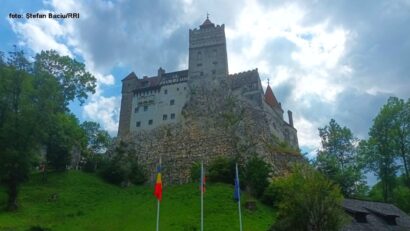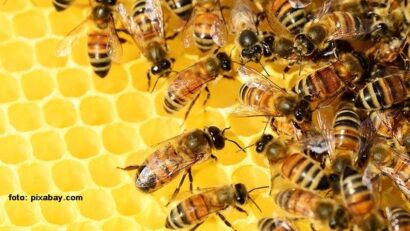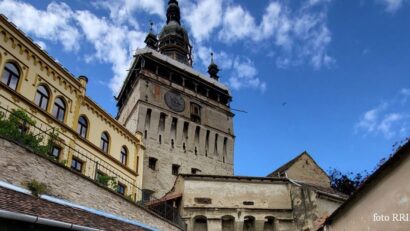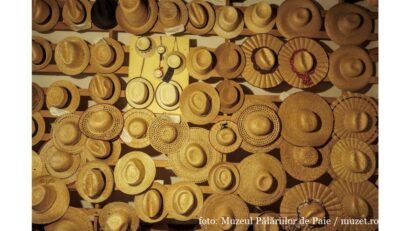Tourism in Dolj County
We invite you to make a stopover in Dolj, one of Romanias southern counties, which was documented as early as 1444.
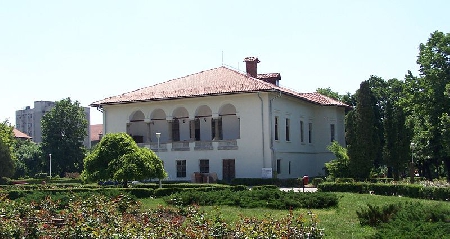
Ana-Maria Cononovici, 21.02.2013, 16:20
The name of Dolj has a Slavonic origin, meaning the Downstream or Lower Jiu river. The area has a rich history, offering visitors the opportunity to see natural reserves, thick forests, beautiful lakes and period buildings, all of these speaking about the status of the county.
Craiova is the administrative center, as well as the region’s best-known city. Lia Olguta Vasilescu is the mayor of Craiova, and she will now be tempting us with a few tourist attractions, which are well worth visiting.
Lia Olguta Vasilescu:“Craiova is a very old city, located on the ancient site of Pelendava. It was first documented in 1475. Here you can find lots of heritage buildings, that were designed by famous architects of that time. Here we have the Bania House, the city‘s oldest existing building, dating as far back as 1699. It was later rebuilt by ruler Constantin Brancoveanu. The Bania House is a two-storey building, it has rooms with brick vaults on the ground floor and rooms with jutting balconies on the first floor. It was built by the then ruling prince’s architects, in a traditional style. You can also visit the Jean Mihail Palace which I recommend to all those who come to Craiova, it is a very beautiful edifice, built between 1899 and 1907 by French architect Paul Gottereau, who was commissioned to erect the palace by Constantin Mihail, one of Romania’s richest men at that time. We also have the Craiova University building, the former Palace of Justice, designed by architect Ion Socolescu, which is illustrative of the Neo-classical style in architecture. Then there’s the Craiova City Hall, a former building of the Commercial Bank, designed by architect Ion Mincu. It was completed in 1916, and it had an interior decorated with stuccos, stained glass frames, Venetian mosaics and wrought iron gratings. “
The city of Craiova in southern Romania, with its well-preserved monastic sites has long been part of the local ecumenical tourist network. The best-preserved church here is the Coshuna Monastery, the only part left of the whole initial compound. Coshuna was built in Wallachian style, as a synergy of local traditional elements and Byzantine motifs. Another must-see in Craiova is the Madona Dudu cathedral, a real pilgrimage place, whose paintings bear the signature of renowned 19th century Romanian painter Gheorghe Tatarascu.
The church got its name from the miracle-working icon of Virgin Mary, which according to the legend was found in a mulberry tree, on the place where the altar was later built.
Craiova is a place with a lot of green spots. The “Nicolae Romanescu Park” is unique in Romania and one of Europe’s most interesting green areas. The project belongs to French architect Edouard Redont and was awarded the gold medal at the international exhibition held in Paris in 1900.
Lia Olguta Vasilescu: ”I believe that nobody should miss one of Craiova’s most spectacular places, the Nicolae Romanescu Park, which is unique in Romania and the largest in south-eastern Europe. Its total surface measures 76 hectares and includes a lake of 4 hectares, a hippodrome, alleys and lanes, as well as a zoo, where one can see various bird and animal species from Romania and abroad.”
Also worth seeing is the Botanical Garden in Craiova, built upon the initiative of local botanist Alexandru Buia.
And if culture is your interest, then Craiova is the right place to come to. Here one can find many interesting places like the National Theatre, the Puppet Theatre and the Opera House. The Art Museum in Craiova has on display works from the early period of great Romanian sculptor Constantin Brancusi, such as “The Kiss” and “Vitellius”, one of Brancusi’s first works, made out of plaster in 1898, “A Woman’s Torso”, carved in marble, “Bust of a Boy”, or “Mademoiselle Pogany”.
Leaving Craiova, we get, 55 km away, to the village of Bucovat, a representative example for the region.
Vasile Constantin, mayor of the village, in Dolj county, has more on what is to be seen here: “Bucovat is a beautiful village, so much so that many people from Craiova have summer homes here. What Bucovat has over other villages is the naturally ozone-rich air. In Bucovat we can find the ruins of the Roman castle Pelendava. We also have a protected area with some of the oldest fossils in Europe, and another protected area, of a few hectares, where geology and prospecting students come to do research. The Jiu river divides the village of Bucovat from the township of Craiova. We raise water buffalo, which is a rarity, which means we have excellent fresh, very nourishing milk. You can also find here the old Bucovat monastery, on the left bank of the Jiu, and the church in the village Bucovat proper, built by the monks of Mount Athos.”
In Dolj you can also find good fishing spots in ponds and lakes, and the locals can take you hunting deer, wild boar, fox, badger, quail, duck, and pheasant.
If you are interested in sports tourism, you can paraglide around Craiova, and you can try obstacle horse riding at the Hippodrome in Nicolae Romanescu Park, as well as in some villages.
During autumn, you can attend the local festival of leeks and plum liquor in the village of Bailesti, in Dolj county, where you can also find food to everyone’s taste.

